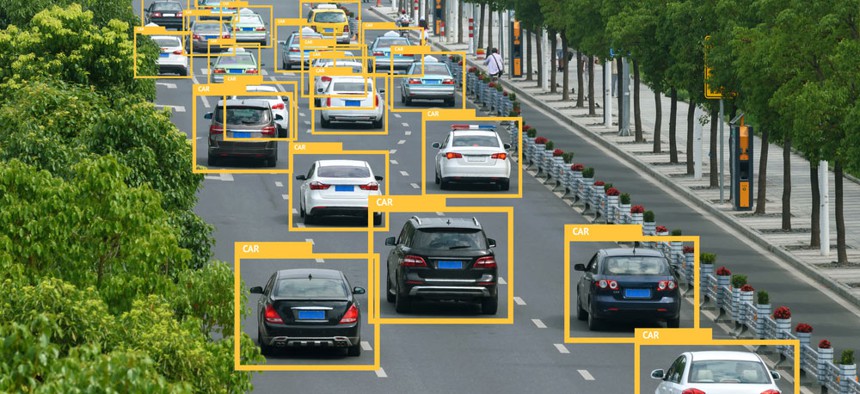In 2017, New York City passed Local Law 49, which established a city task force to study how information on automated decisions systems – which could be artificial intelligence or algorithms used for school resource allocation – may be shared with the public, and how the government agencies that use them can address instances in which people were harmed by their use. Now, scheduled to make recommendations about ADS transparency and usage this fall, the task force is under pressure to provide updates on its progress – something that has been difficult, given that the task force has struggled to define ADS.
At the first of two public hearings for the task force on Tuesday, expert panelists provided commentary on the task force’s work and recommended their own solutions to the problems ADS can present. Testimony from speakers included suggested definitions for ADS and examples of where the systems are being used currently, like in bus lane camera technology. The comments drew attention to the task force’s own reticence to get into such details when sharing its work, leaving the impression for some that the task force will only make broad recommendations.
But both City Councilman Peter Koo, who chairs the body’s Committee on Technology, and advocates who spoke on Tuesday are pressing the task force for more specific recommendations.
Janai Nelson, associate director-counsel at the NAACP Legal Defense and Educational Fund, asked the city to ensure that all agencies’ ADS practices are subject to the task force’s recommendations, mentioning facial recognition and automated license plate readers used by law enforcement that may rely on biased data sets.
For the rest of today's tech news, head over to First Read Tech.
NEXT STORY: Will Cuomo block the Williams pipeline?


